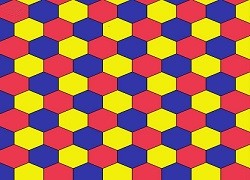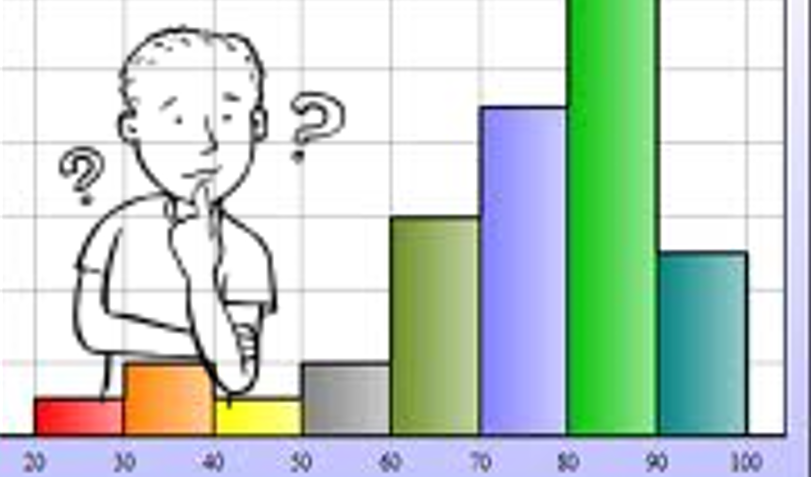This lesson is for : Grade 4:
Summary
Students create their own definition of a pattern. They also find patterns around home, school, and in the environment that occurred both naturally and ones that are man-made. As a group, students make decisions about their patterns such as whether their patterns form a sequence or are cyclical. If their patterns help make predictions. If the pattern is cyclic, students have to determine whether it is a natural cycle or a human defined cycle.
TIPC Ratings
Research & Information Fluency
Rating: Ideal – Explanation: Students search for patterns in the environment at home and school. They have the option of taking pictures and using media to help with this task. Students are told about copyright infringement and are also told about Britannica Image Quest and Pics4Learning as copyright free choices. However, students still have access to Google at home and have to choose which sites are best to use. The students have an authentic task at hand to see and find patterns in the environment and see how they affect us in different ways and are given choices on how to display their work.
Communication & Collaboration
Rating: Approaching – Explanation: Students are simply given a rubric to meet the task at hand. Within their groups they have to decide who is going to accomplish each task. Roles are not assigned by the teacher. Students are grouped according to their small math groups. Students use digital tools to facilitate collaboration.
Critical Thinking & Problem Solving
Rating: Ideal – Explanation: Students work together as a team to make collaborative decisions on the effects of patterns in our environment as an authentic task. The teacher only facilitates the students.
Creativity & Innovation
Rating: Approaching – Explanation: Students analyze trends in patterns and made predictions about patterns. They create meaningful, original work within the assignment parameters. Students are given several choices and have an open rubric.





